A student of mine raised an excellent question this past week after viewing the development process of how I bring about my book cover assignments (and commissions in general) from the abstract phase, into a larger rough, onto the preliminary drawing and into final colors in oils. After seeing just how similar the image appeared in all the steps, she asked:
‘Aren’t you bored painting the same image three or more times?’
This question caught me for a second, as I considered what she meant. As I looked over the all the material, I could see how someone could come to the conclusion that I was revisiting the exact same concept time and time again with little modification to the idea. But very quickly I placed into words that which I have practiced in over hundreds of paintings.
Each one of these images is indeed highly related, but the acts of discovery and artistic pursuits vary dramatically within each phase of development. I thought I would sample from a current work, about 50% completed, on the drafting table today to showcase why I choose the processes I do. This painting is a private commission revisiting the novel by Phillip K. Dick, Do Androids Dream of Electric Sheep.
First Act – Abstracts
The foundations of much of how I organize a painting is based in how the overall shapes fit and flow together, not just as line form, but also tinkering with lighting, mood and mass. Stripped completely of all sense of descriptive detail, I concentrate my creative impulses of how the painting will ‘feel’ and provide a strong graphic presentation to a viewer.
Second Act – Rough
Selecting a couple of abstracts I feel are right, larger rough drawings are created to communicate the concepts more clearly to my client. This step also allows me to inject structure and details as I begin to seek what and how to assemble the various parts of the work. The complexity of the elements and their interactions rises dramatically in this phase, thus I find great creative energy is injected in the work as i draw from my imagination still.
Third Act – Preliminary Drawing
It is here that I focus upon observations from life, utilizing live models, photographic references and other formal design principles to bring the concept’s 2D design to a completed thought. Deciding exact gestural expression of the figures, detailed perspectives, architectural structuring, and inclusions of secondary elements not realized in any of the previous phases. My goal here is to bring the keen observations of life into this fantastic setting, breathing a vibrant and full life into all the forms found within.
Fourth Act – Painting
This final phase may appear outwardly to be the least creative as the preliminary drawing is ‘filled’ like a color by number image. Yet it is within these final decisions that the greatest subtleties are realized within the work. The softening of a shoulder against the background window, enhancing the back lit glow. The colorful halos enveloping a light or casting radiating color into the shadows to add ethereal depth to the space. The luminous and transparent qualities of flesh brought forth with opaque and thin application of glazes. The contrasting of a cool environment which allows the warmth of a shape to slide every gradually from the light and into shadow. All of these issues and more involve a tremendous amount of concentration and creative judgement that keeps me highly occupied and entertained on into the final brush strokes of a painting.


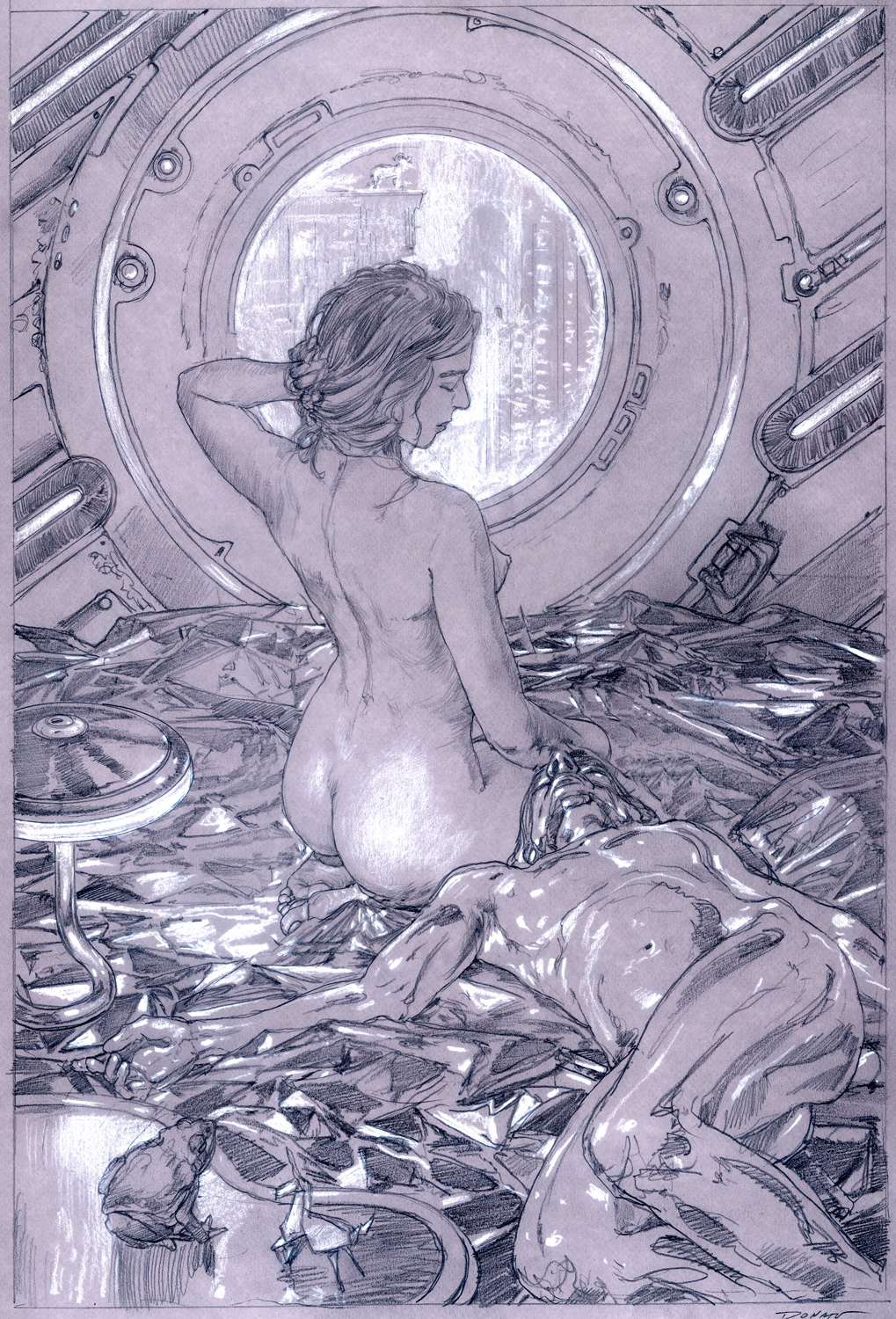
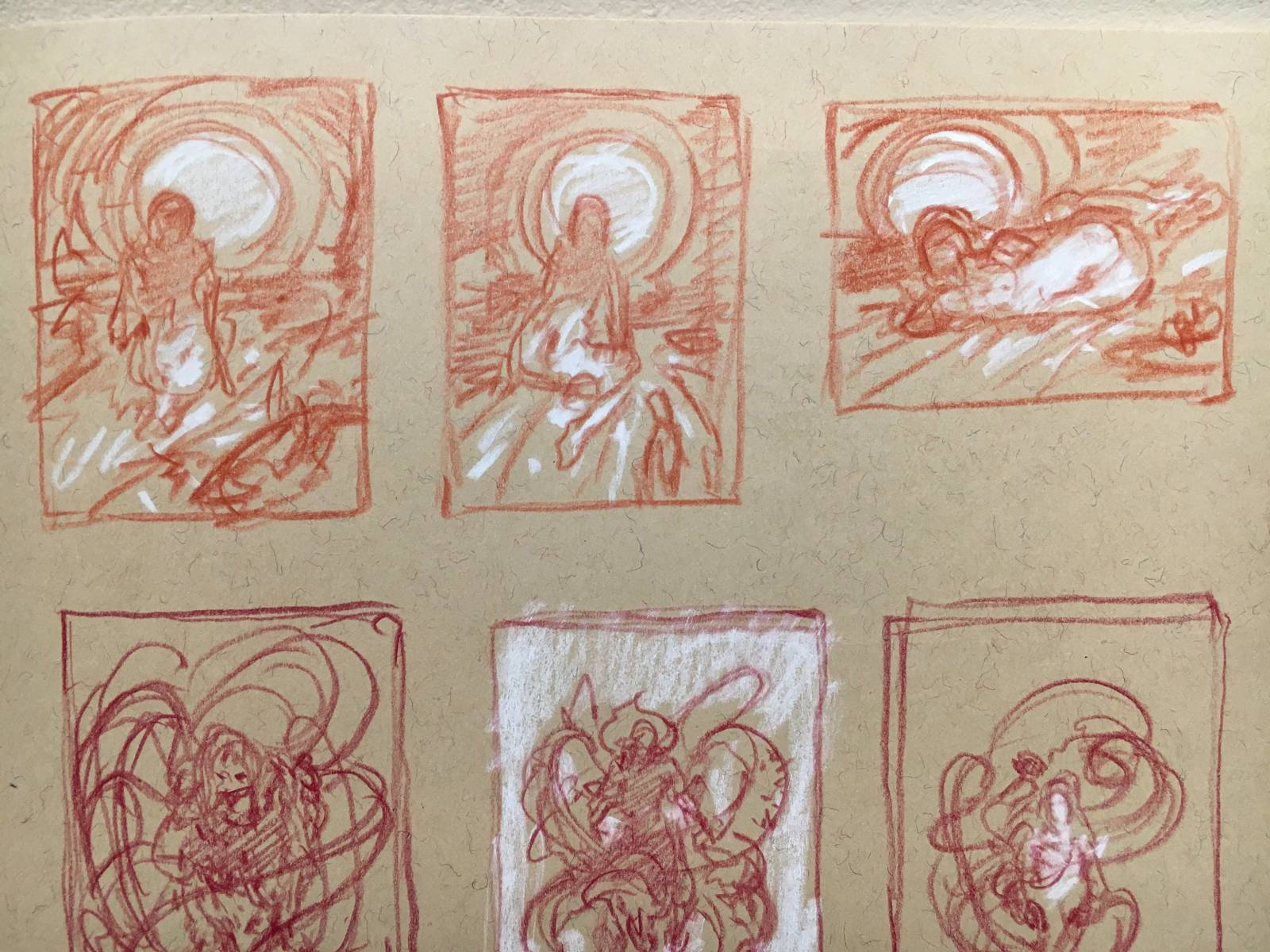

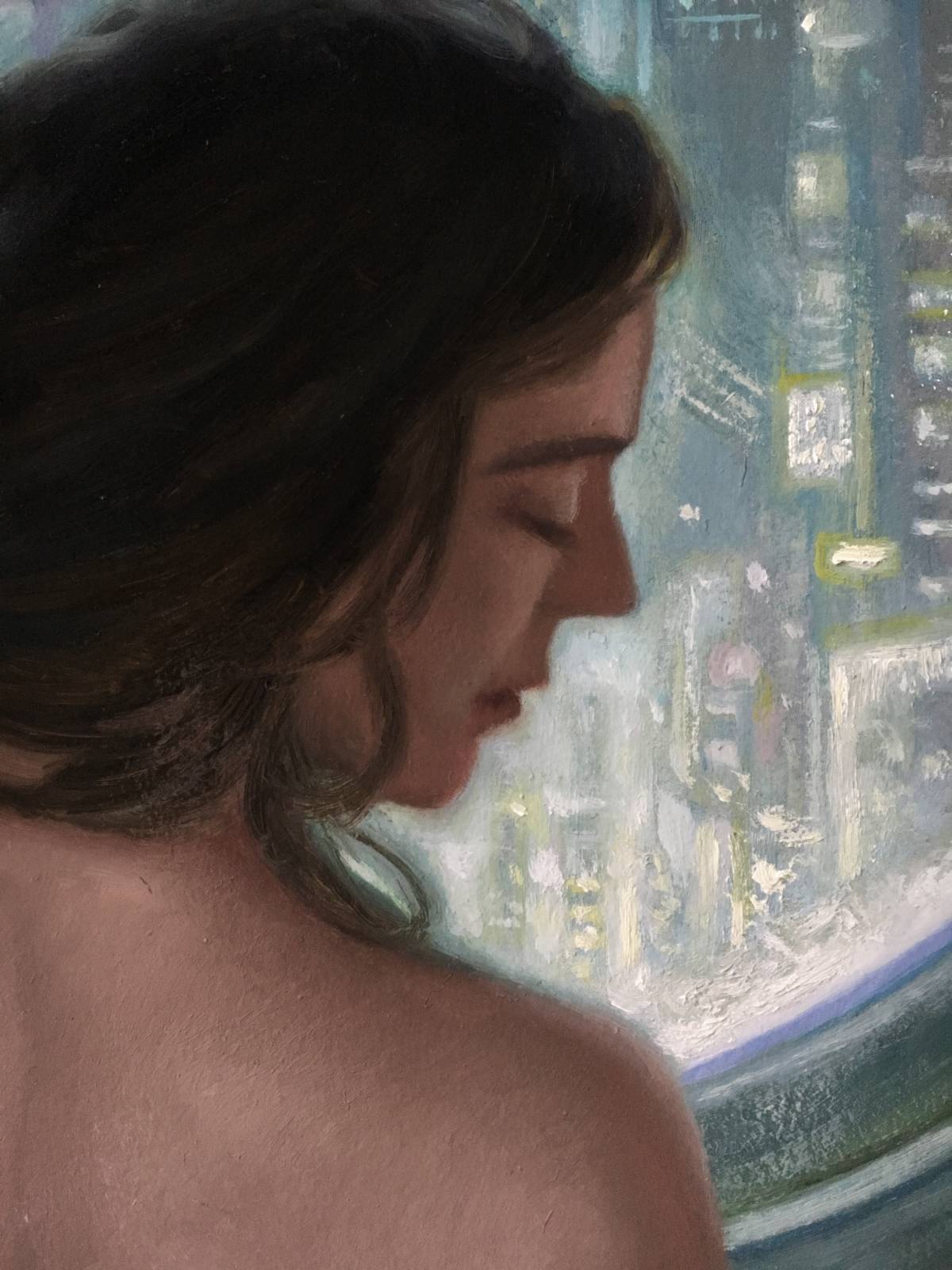
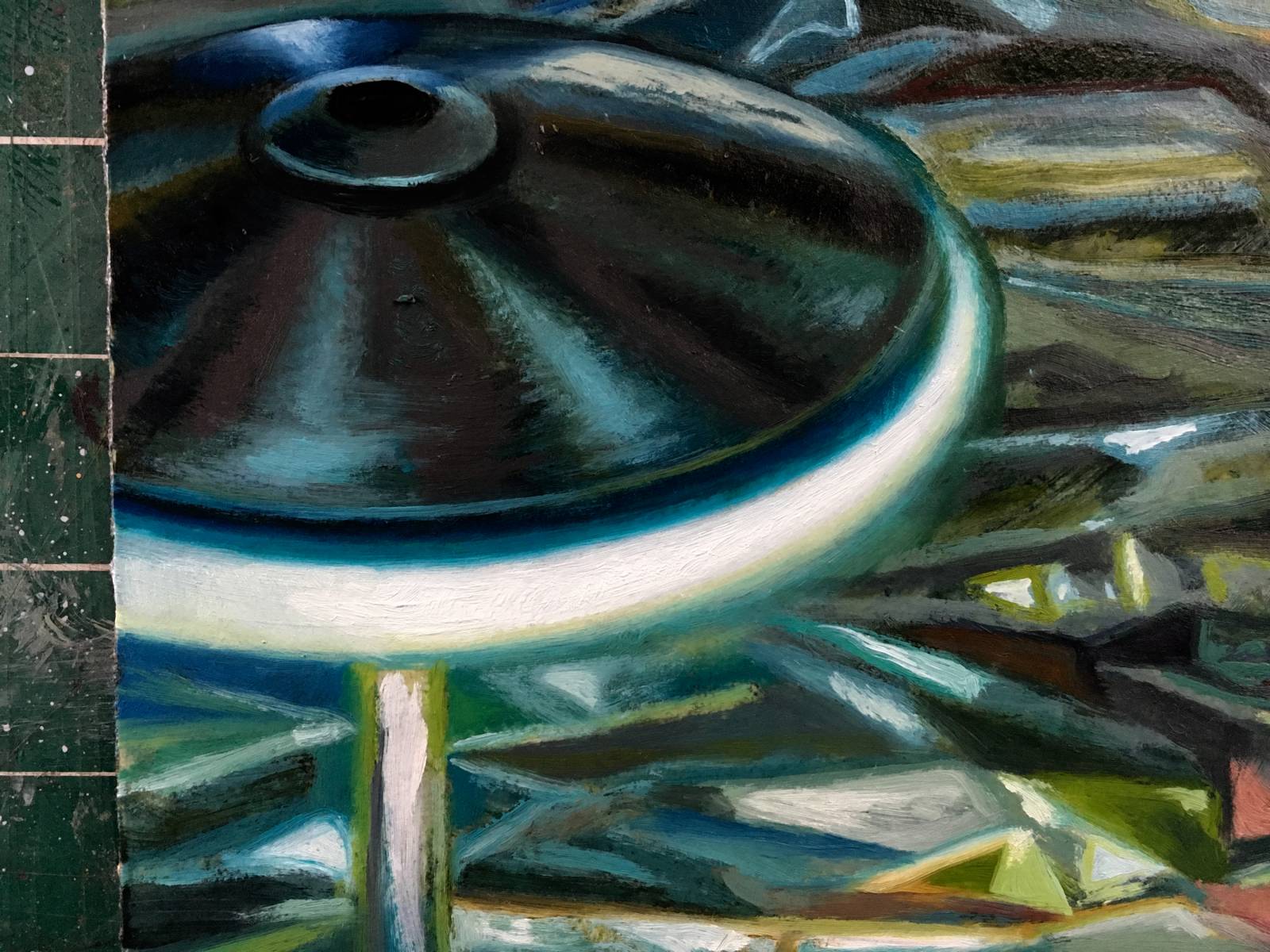
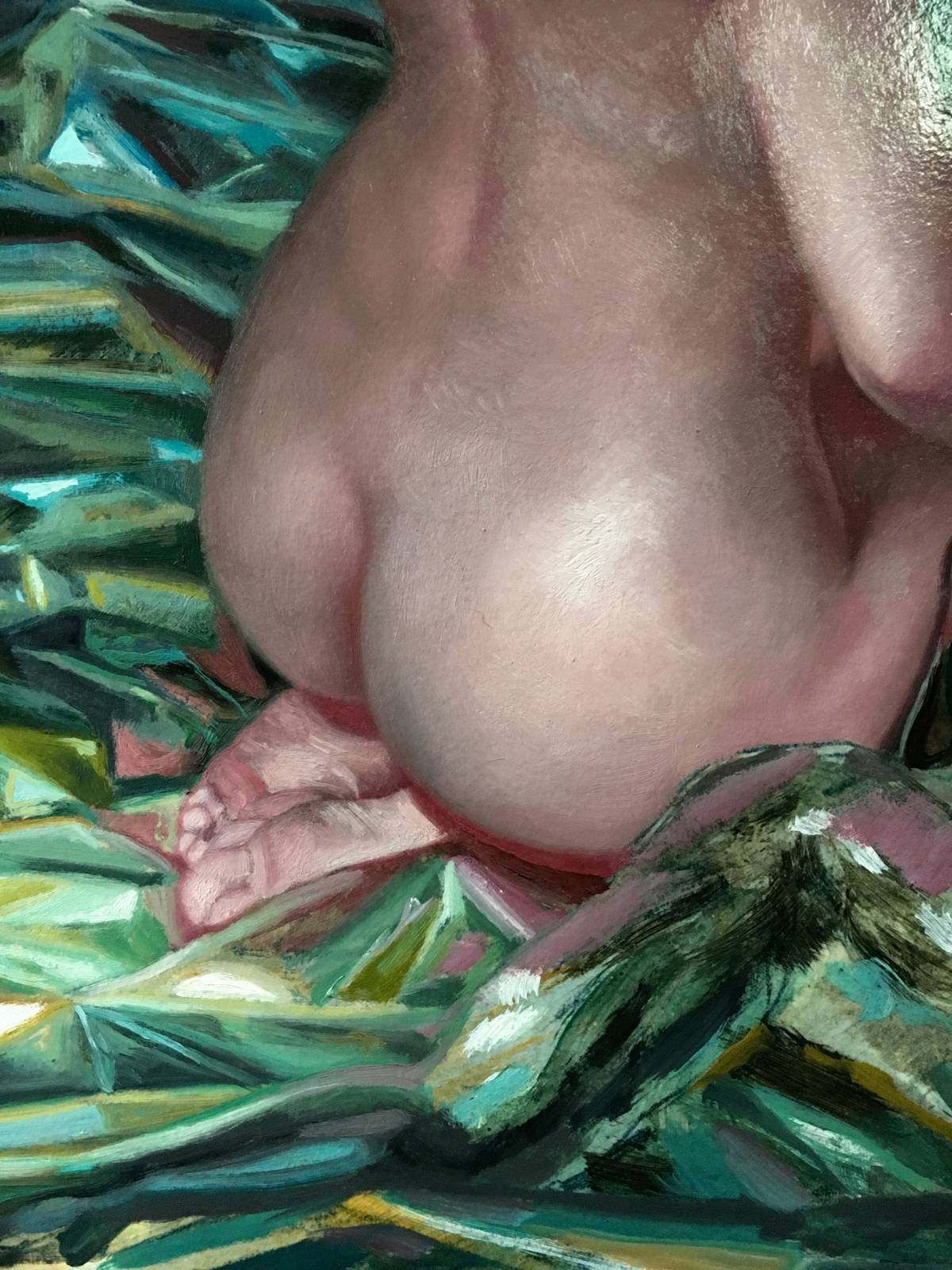
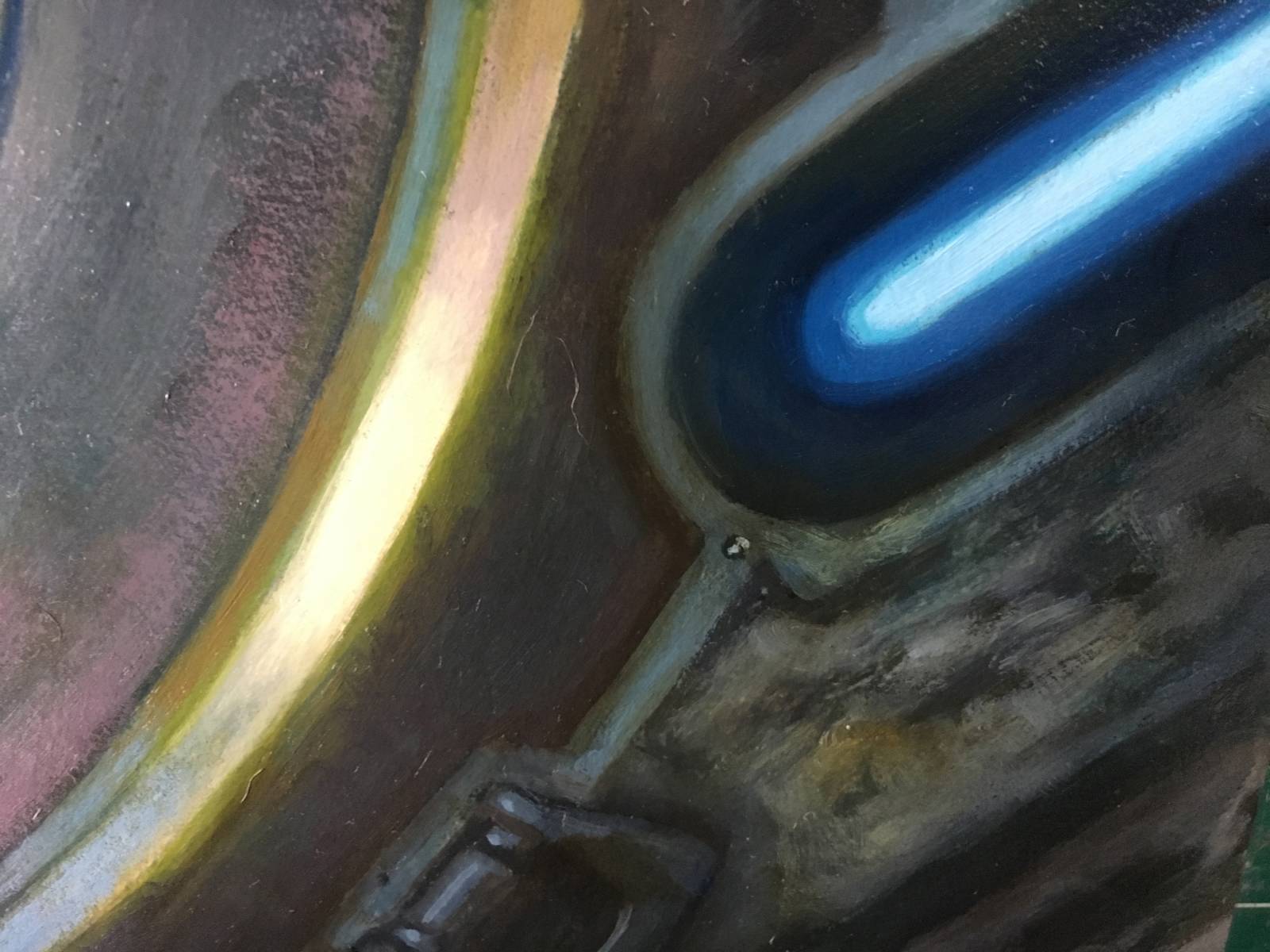
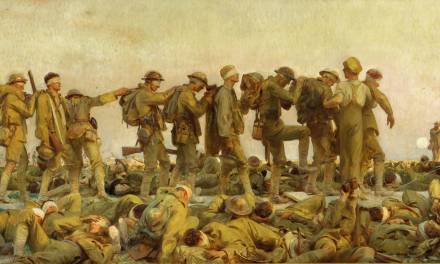
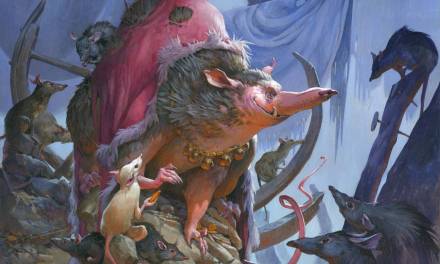
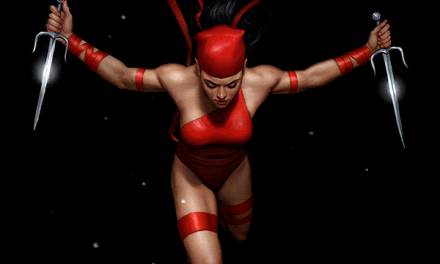
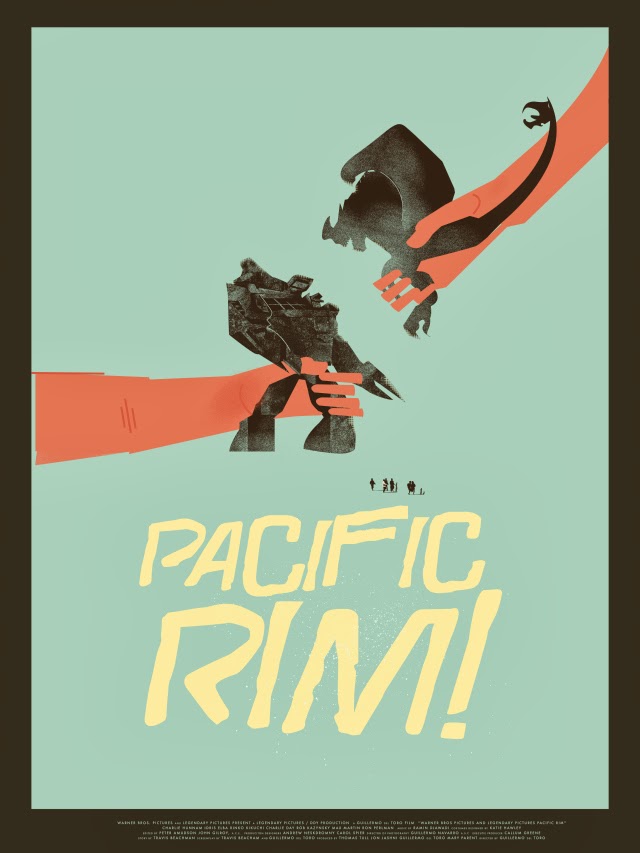
looking sweet!!
came for the spicy oils, stayed for the insightful article
You could even do more steps if you did color roughs which should be done by less experienced artists. You do start off with color washes to confirm which color to use before you put the paint down thicker. Once I know what mood I want to portray in a painting I usually have a good idea what color range I want to use but still do color roughs. The more preliminary work that is done before the final painting is done the more successful the final painting will be.